
The US is promoting an eastward shift of its global hegemonic strategic focus, judging by US Defense Secretary Chuck Hagel's declarations at the recent Shangri-La Dialogue in Singapore.
While most nations are shortening their overseas supply lines, the US is ready to redeploy and expand its land and marine forces in the Asia-Pacific region.
The US claimed the redeployment is out of demands to maintain regional peace and stability. However, it's in fact introducing more turbulence into the Asia-Pacific region.
The collapse of the Soviet Union left the US the sole superpower of the world. And with the success of NATO's eastward expansion, the US has gained dominant control over Europe's security issues.
Entering the 21st century, the US has begun a progressive eastward move of its global strategic focus. The invasion of Iraq could be regarded as the starting point, from where the Middle East became a strategic focus.
The adjustment has resulted in a series of wars and military clashes, such as the Afghan War, the Libyan War and the Syrian civil war. Now the US is targeting the Asia-Pacific region.
But the process is just initiated, and the US hasn't totally shifted its attention from the Middle East.
The turmoil in the Middle East will last in the short run, while at the same time a volatile Asia-Pacific risks being activated.
The US is promoting its Asia-Pacific rebalancing strategy at the moment, with the sole purpose of building a new security order dominated by the US, facilitating its global hegemonic goal.
The Asia-Pacific region is a global hot spot in nature which faces many potential risks for military clashes, such as territorial disputes and the nuclear issue in the Korean Peninsula.
Although being an external power, the US shadow could be found behind these hot spot issues.
Taking advantages of relevant countries' security concerns is the main means for the US to build its influence in the Asia-Pacific region, which could help Washington to manipulate relevant regional players.
The situation in the Asia-Pacific is different from that in Europe.
During the Cold War, deterred by the Soviet Union, European countries were forced to stand together with the US. NATO was thus formed, and the US developed a firm hand on its European allies.
However, there are no such conditions in the Asia-Pacific region nowadays for the US to build a similar multilateral alliance.
Bilateral alliances between the US and countries like Japan, South Korea, and the Philippines could help, but are not favorable enough for Washington to construct a new regional security order.
Therefore, the US needs to create turbulence and use various security threats as excuses to tie up relevant countries in the Asia Pacific.
For instance, the US makes efforts to push the sales of its weapons in the Asia-Pacific and bind the weapon-importing countries to the US through military technological means. Those weapons wouldn't function without the core technology provided by the US.
Take the ballistic missile defense system. Without the US technological guarantee of the X-band radar, the system built in the Asia-Pacific won't work.
Using military technology, the US connects more and more Asia-Pacific countries to consolidate the foundation for its dominance in the region.
A volatile Asia-Pacific meets the demand of the US to shift eastward its strategic focus, which in return will lead to more turbulence in the region. This is unavoidable in the process of the latest round of US strategic shift.
The author is a professor at the PLA University of National Defense. opinion@globaltimes.com.cn
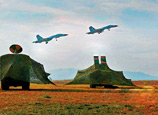
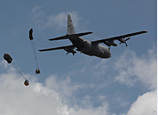
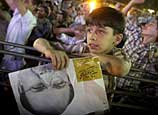


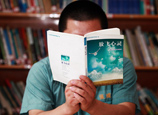
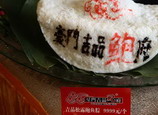









 Sick girl realizes dream on the stage
Sick girl realizes dream on the stage


![]()
